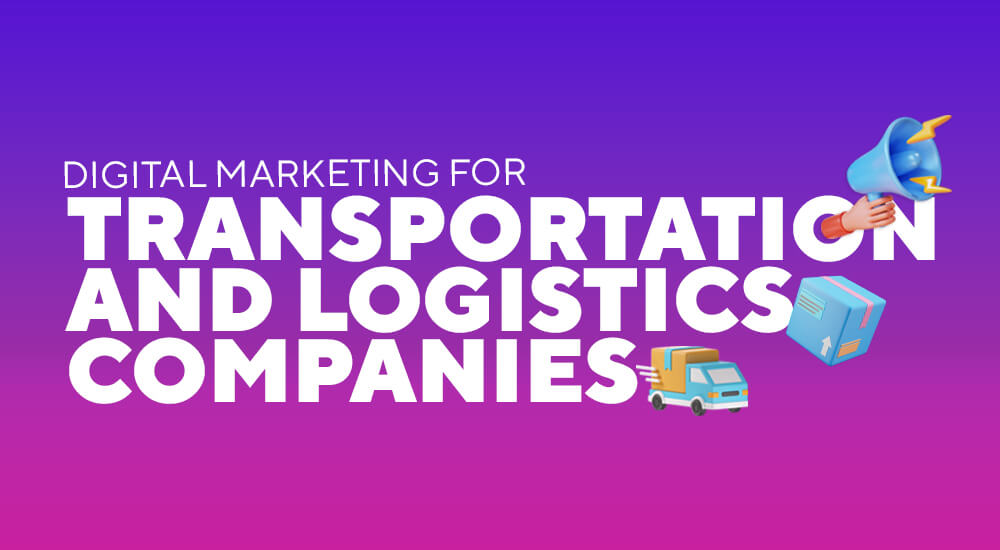Category: Business
Mauris vel purus quis turpis mattis vulputate in nec lectus. Sed sodales a nulla sed fringilla. Proin scelerisque est eget lorem blandit cursus. Sed est tortor, porta vel dignissim sit amet, fringilla vel urna. Nam luctus dolor risus. Nunc id viverra velit.

